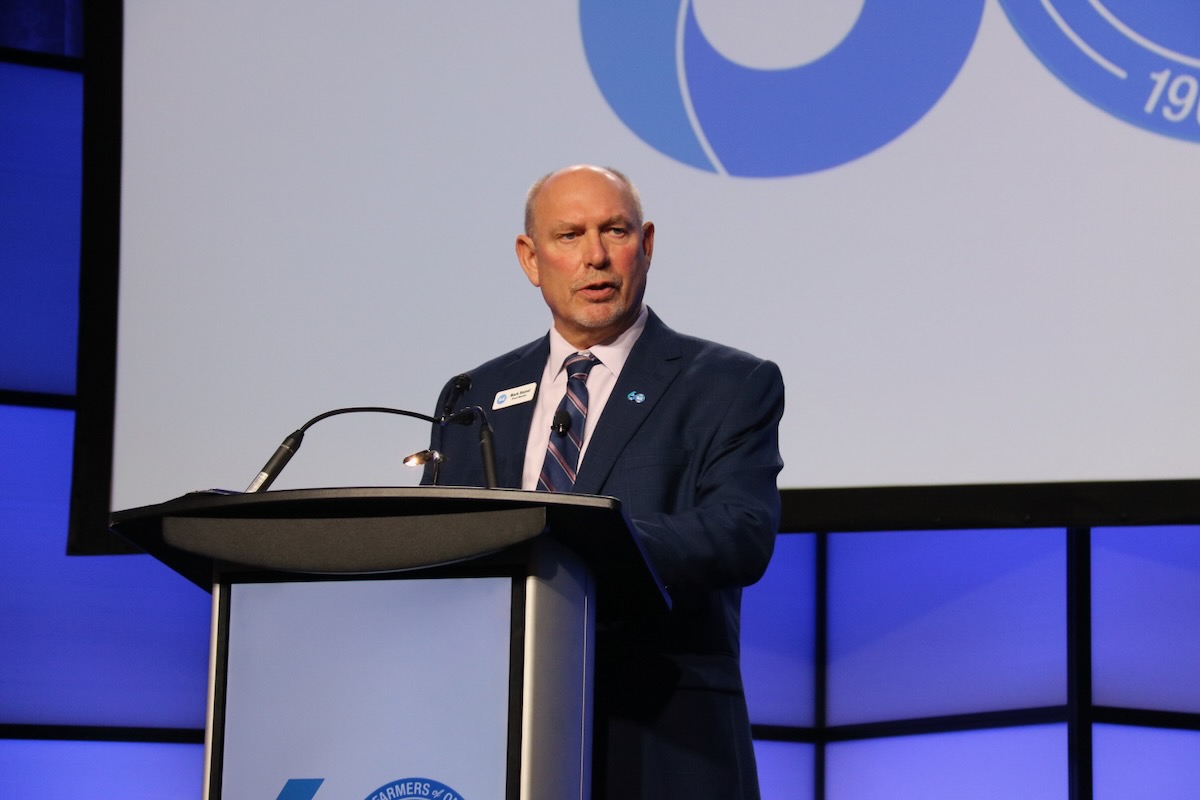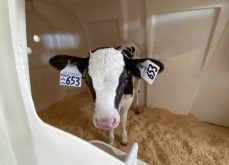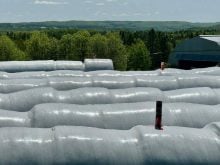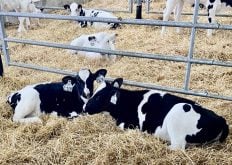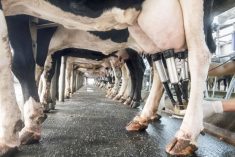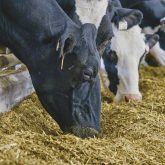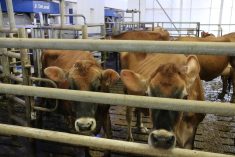Canadian dairy farmers continue to increase the butterfat levels in the milk they produce, which has helped decrease the surplus of solids-not-fat.
The Canadian Dairy Commission reports that the average butterfat test in raw milk on Canadian dairy farms increased from 4.23 per cent to 4.3 per cent in 2024.
This increase in butterfat production decreased what is called the structural surplus by an estimated 120 million litres. The extra solids-not-fat (SNF) is created when there’s more demand for butterfat, but not the rest of the solids in milk.
Read Also

Ontario dairy goat producers move toward forming provincial board
Creation of a Dairy Goat Board under the Ontario Farm Products Marketing Commission may be voted on by early 2026.
The challenge for the Canadian dairy system is that exporting the lower-value solids that aren’t butterfat has been severely restricted via trade deals, and there’s limited capacity in Canada to process those other solids into dried products.
As a result, the solids-not-fat often ends up in animal feed and pet food, and some of it is discarded.
At the Dairy Farmers of Ontario annual meeting recently in Toronto, Benoit Basillais, chief executive officer of the Canadian Dairy Commission (CDC) said that the increase in butterfat percentage on farms means that in 2024 0.9 per cent of solids-not-fat generated no revenues, which is a decrease of 58 per cent compared to 2023.
“Our goal is zero per cent. It’s very important for CDC, it’s very important that all SNF be value added and generate income and that’s what we’re working on,” he said during a presentation to farmers and industry attendees.
An increase in milk drying capacity in the next five to 10 years would help and is likely, he says.
For the dairy farmer, higher butterfat means more efficient transportation.
“The higher the butterfat in every litre of milk means less volume shipped, which relates to a more efficient price at the farm level for the farmer,” said Mark Hamel, chair of Dairy Farmers of Ontario.
On average in what’s referred to as P10, the 10 provincial dairy marketing boards in the country, Basillais says that dairy farmers have had an increase in their price per hectolitre of about 5.8 per cent, to $98.82 per hectolitre.
The national price set by the CDC in 2023 for 2024 increased by 2.2 per cent, but other factors, such the ability to garner more revenue from solids-not-fat and the rising international price for milk products, including butter, contributed to the increase.
The CDC has set a price decline of 0.0237 per cent for 2025.
Canadian butter stocks have been in balance, says Basillais, with enough stocks to fully support the marketplace since 2022-2023.




